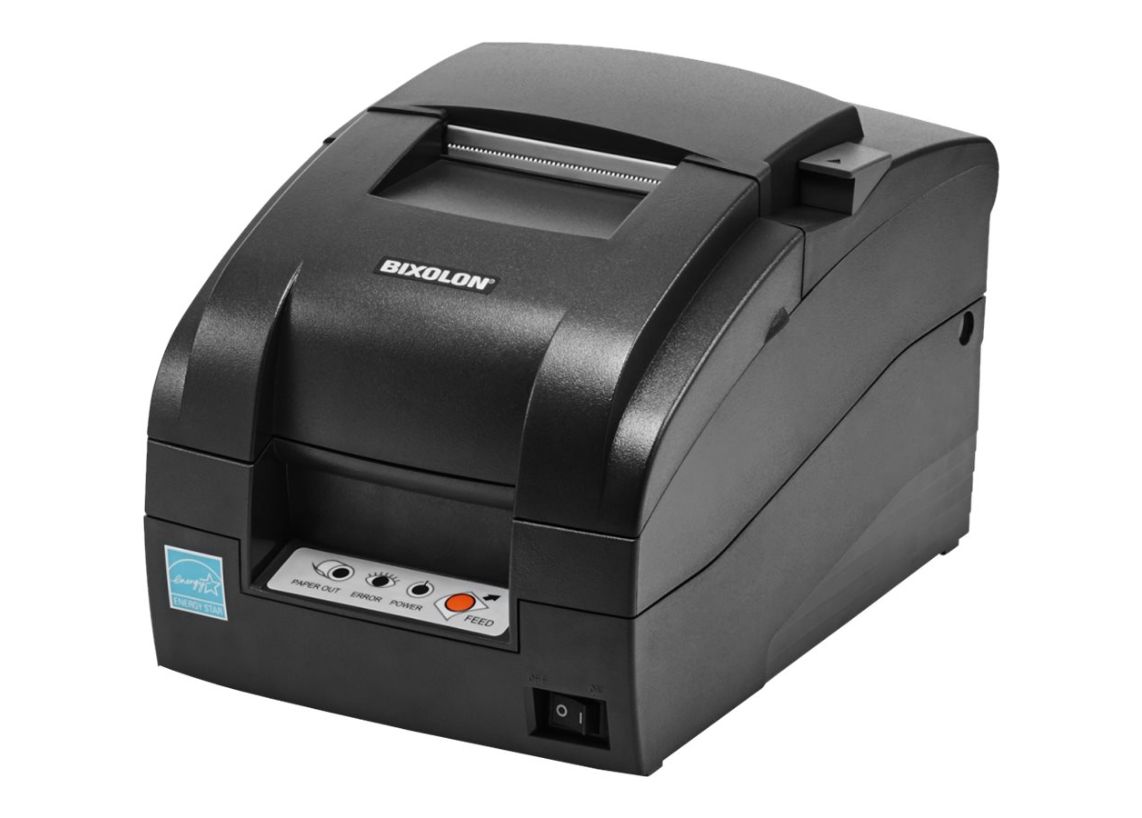

Even after the invention of the telephone, telegraphy was the most technologically advanced and cost effective way to send messages over long distances. Teleprinters are something entirely different. In Linux the /dev/lp devices (lp0, lp1 etc.) corresponded to the parallel port(s) on Compaq-style (‘386 and up) PCs.
Impression printer pdf#
Today the Hercules mainframe emulator prints to PDF files. This was typical for mainframe and minicomputers (but not personal computers) until laser printers and electronic documents made line printers obsolete. A typical computer user would submit a job to the computer room in the form of Hollerith punch cards, then come back some time later to collect the output as a stack of fanfold paper. Line printers were NOT “user terminals”, they were maintained by the mainframe operators, who kept them fed with paper and directed output jobs to printers that were online. Line printers were large machines that printed an entire 132 character line on fanfold paper at once, making printing very, very fast. However an Epson LX-350 is a dot matrix printer, not a line printer. Yes, line printers were used for output when mainframe computers did data processing in batch jobs, before time-sharing and CRT interactive terminals became commonplace. Posted in computer hacks, Peripherals Hacks Tagged line printer, linux, teletype, terminal, virtual terminal Post navigation If you’re looking for something a bit more authentic, you could always convert an old electric typewriter into a modern-ish teletype. Of course, the experience isn’t perfect as the printer naturally doesn’t have a keyboard attached to it.
Impression printer code#
just need to write some code that would essentially spawn a shell on the Linux USB line printer device, plus sprinkle in some quality of life improvements such as using Epson’s proprietary ANSI escape sequences to feed the paper out far enough so the user can see what it says before pulling it back in to write the next interactive line. This is made possible by the fact that the modern Linux virtual terminal is simply a userspace emulation of those physical terminals of yore. He’s published all the source code, so if you’ve got an old line printer and a Linux box, you too can learn what it was like to measure your work day in reams of paper. He picked up an Epson LX-350 line printer, and with a relatively small amount of custom code, he was able to create a fairly close approximation of what it would have been like to use one of these terminals. But once CRT displays became more common, these paper terminals (also known as teleprinters, or teletypes) quickly fell out of style.Ī fan of nostalgic hacks, recently tried to recreate the old-school teletype experience with (somewhat) more modern hardware. Plus it was easy to annotate the terminal output with nothing more exotic than a ballpoint pen. Naturally this took an incredible amount of paper, but it came with the advantage of creating a hard copy of everything you did.

Back in the early days of computing, user terminals utilized line printers for output.


 0 kommentar(er)
0 kommentar(er)
